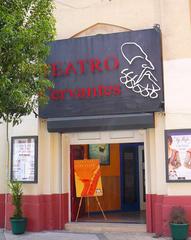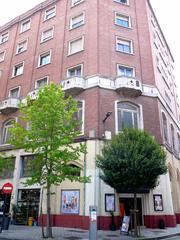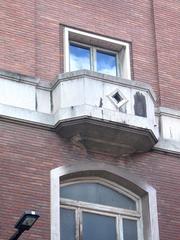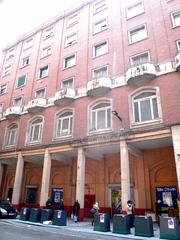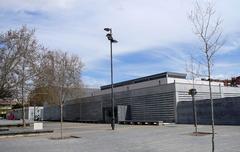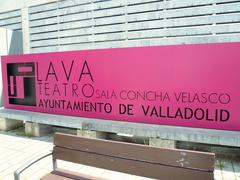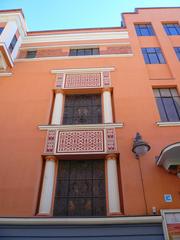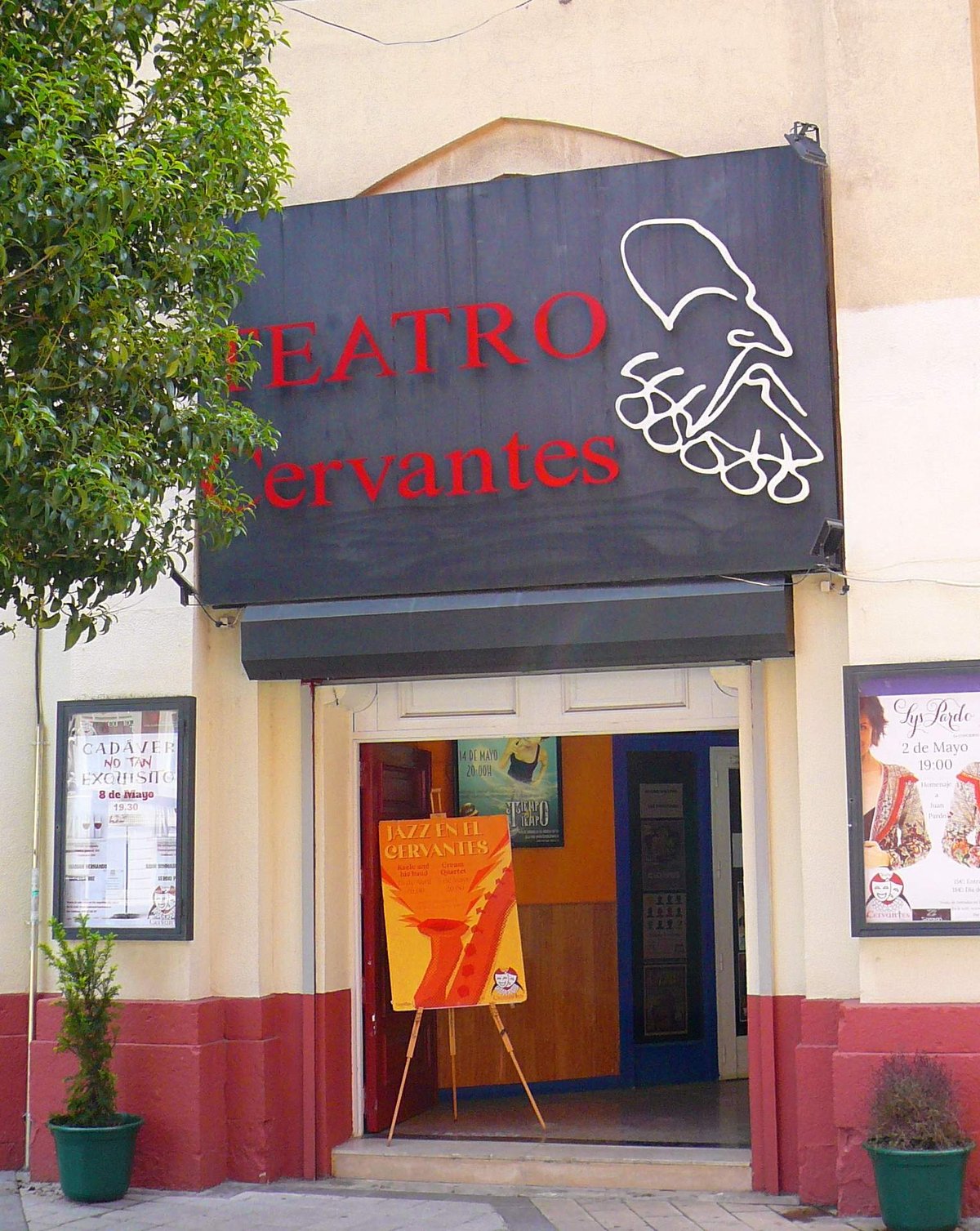
Teatro Cervantes Valladolid: A Visitor’s Guide
Introduction
Teatro Cervantes stands as a cultural landmark in Valladolid, Spain, showcasing a rich history intertwined with the city’s artistic evolution. This guide offers a comprehensive overview of Teatro Cervantes, including its historical significance, architectural details, visiting hours, ticket information, accessibility, nearby attractions, and practical travel tips.
Historical Overview
Origins and Early Years (1896–1924)
Inaugurated in 1896 during a period of cultural flourishing in Spain, Teatro Cervantes quickly became a prominent venue for performing arts in Valladolid. Its establishment coincided with the city’s growing reputation as a cultural and intellectual center, influenced by its historical significance as a former capital of Spain (whattovisitwheretotravel.com). The theater’s early programming featured classic Spanish drama, operettas, and musical performances, attracting diverse audiences.
Transformation into Cine Cervantes (1959–1980s)
Adapting to changing entertainment trends, the venue was repurposed as Cine Cervantes in 1959, reflecting the rise of cinema’s popularity (taquilla.com). For several decades, it screened both Spanish and international films, catering to a broad audience and contributing to Valladolid’s artistic landscape.
Revival and Modernization (Late 1980s–Present)
The late 1980s witnessed the resurgence of Teatro Cervantes as a performing arts venue, spearheaded by local cultural leaders. Extensive renovations restored its theatrical function while preserving historical elements (taquilla.com). Under Francisco Heras de la Calle, and later Francisco de la Fuente, the theater underwent further modernization, culminating in the “Cervantes 2.0” era, characterized by advanced technology, improved accessibility, and expanded programming (taquilla.com). This modernization included collaborations with prominent cultural events like the Semana Internacional de Cine de Valladolid (Seminci), further elevating the city’s artistic profile (factsgem.com).
Visiting Teatro Cervantes
Visiting Hours
Teatro Cervantes is generally open from Tuesday to Sunday, with specific hours varying depending on scheduled events and performances. It is recommended to consult the official website or contact the box office directly for the most up-to-date schedule.
Tickets and Booking
Tickets can be purchased online through the official website (teatrocervantesvalladolid.com), authorized ticketing platforms like taquilla.com and Me-Ticket, or at the theater’s box office. Prices vary based on the event and seating category, with potential discounts for students, seniors, and groups. Advanced booking is highly recommended, especially for popular performances and festivals.
Accessibility
Teatro Cervantes prioritizes accessibility, offering wheelchair-accessible entrances, seating, and restrooms. Assistive listening devices may also be available upon request. Visitors with specific accessibility needs are encouraged to contact the theater in advance to ensure a comfortable and enjoyable experience.
Guided Tours
The theater occasionally offers guided tours providing insights into its history, architecture, and cultural significance. Check the official website or inquire at the box office for tour schedules and availability.
Nearby Attractions
Teatro Cervantes is conveniently located near several historical sites, enriching the visitor experience:
- Plaza Mayor: Valladolid’s central square, featuring historical buildings, restaurants, and shops.
- Casa de Cervantes: The former home of Miguel de Cervantes, now a museum.
- National Sculpture Museum: Showcasing a vast collection of Spanish sculptures.
Tips for Planning Your Visit
- Check the official website: Stay updated on the latest schedules, ticket availability, and special events.
- Book accommodations in advance: Especially during peak season and festivals.
- Consider public transportation: Valladolid offers convenient bus and train services.
- Explore nearby attractions: Enhance your cultural experience by visiting historical sites and museums.
Cultural Significance and Community Impact
Teatro Cervantes plays a vital role in Valladolid’s cultural landscape. Its diverse programming caters to a wide range of artistic interests, fostering community engagement and supporting local and national talent (Disfrutalia; Valladolid Plural). The theater’s commitment to accessibility and educational initiatives further strengthens its position as a valuable cultural resource for the community.
Conclusion
Teatro Cervantes offers a captivating blend of history, architecture, and performing arts, making it a must-visit destination in Valladolid. By following this guide, visitors can plan a memorable and enriching cultural experience, immersing themselves in the city’s artistic heart.
